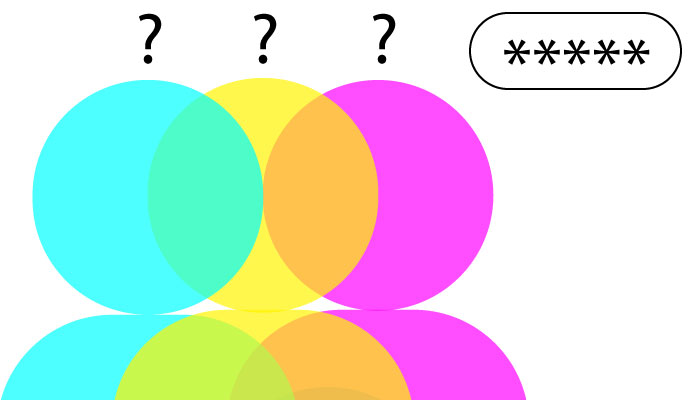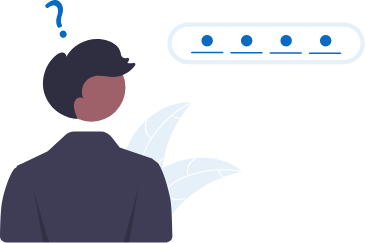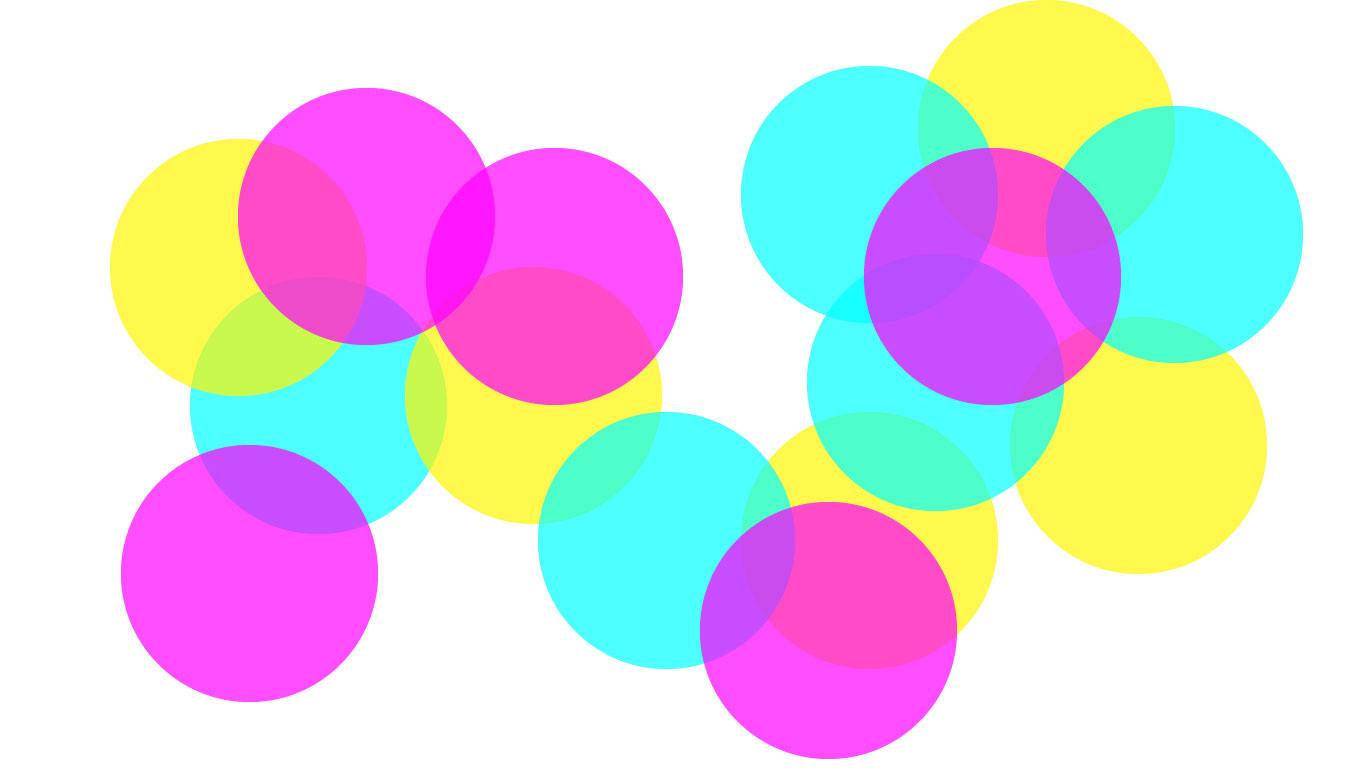Unconscious bias, also known as implicit bias, is an inherent part of the human experience. It refers to the automatic, unconscious attitudes and stereotypes we hold about different groups of people, based on characteristics such as race, gender, age, or other factors. While these biases are natural and unintentional, they can have a significant impact on our thoughts, behaviors, and decision-making. In this article, we’ll delve into the concept of unconscious bias, its effects on society, and strategies for addressing it.
Understanding Unconscious Bias
- Origins of Bias: Unconscious biases develop as a result of our upbringing, culture, media exposure, and personal experiences. They influence the way we perceive and interact with others, often without our awareness.
- Implicit Association Test (IAT): Researchers have developed tests like the IAT to measure unconscious biases. These tests reveal the speed of association between different groups and qualities, shedding light on implicit preferences or prejudices.
Types of Unconscious Bias
- Racial Bias: Implicit racial bias can lead to racial profiling and unequal treatment in various areas, including the criminal justice system, education, and the workplace.
- Gender Bias: Gender bias can manifest in unequal pay, hiring decisions, and opportunities in the workplace.
- Age Bias: Ageism, or bias based on age, can affect how we perceive older or younger individuals and can lead to discrimination in areas such as employment and healthcare.
- Affinity Bias: We tend to favor people who share our characteristics or interests. This can lead to a lack of diversity in social and professional circles.
The Impact of Unconscious Bias
- Discrimination: Unconscious bias can perpetuate discrimination and unequal treatment, limiting opportunities for marginalized groups.
- Stifling Innovation: It hinders diversity of thought, which is vital for creativity and innovation.
- Inequality: Unconscious bias can lead to systemic inequalities in areas such as education, healthcare, and criminal justice.
Addressing Unconscious Bias
- Self-awareness: Recognizing our biases is the first step. Self-reflection and acknowledging our prejudices is essential.
- Education: Training and education about unconscious bias can help individuals understand and address their biases.
- Diverse Experiences: Actively seek out diverse perspectives, both in personal and professional settings.
- Inclusive Policies: Organizations can implement policies that promote diversity and inclusion, including diverse hiring practices and anti-bias training.
- Regular Evaluation: Continuously assessing and reevaluating personal and organizational biases is key to making lasting change.
Introducing “EDI @Work” Course
We are pleased to announce our “EDI @Work” course, which is specifically designed to address issues of Equality, Diversity, and Inclusion in the workplace. This comprehensive course includes a dedicated lesson video that covers the topic of unconscious bias in-depth, providing practical insights and strategies to combat bias and promote a more inclusive work environment.
Unconscious bias is a complex and pervasive issue in society, but it’s not insurmountable. By recognizing its existence, understanding its consequences, and taking concrete steps to address it, we can work towards a more equitable and inclusive world. In doing so, we unlock the potential for positive change, innovation, and a more harmonious society where each individual is valued for their unique qualities, irrespective of their background.




